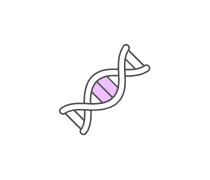Electrophoresis Blood Quiz Questions
- AP Bio
- MCAT
- IB Biology
2.
We’ll put your name on your report, certificate, and leaderboard.
Submit










 Back to top
Back to top






